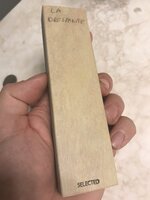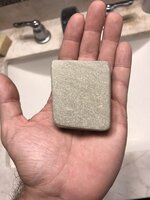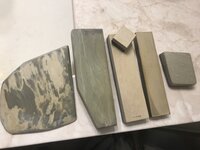Get your Coticules spayed or neutered. They multiply like rabbits.
Agree!! I recommend adding some diversity into your Coticule gene pool, too many breeders specialize and end up developing the dreaded vein addiction disease.
David your recommendation on the red tinted LD was spot on BTW.




